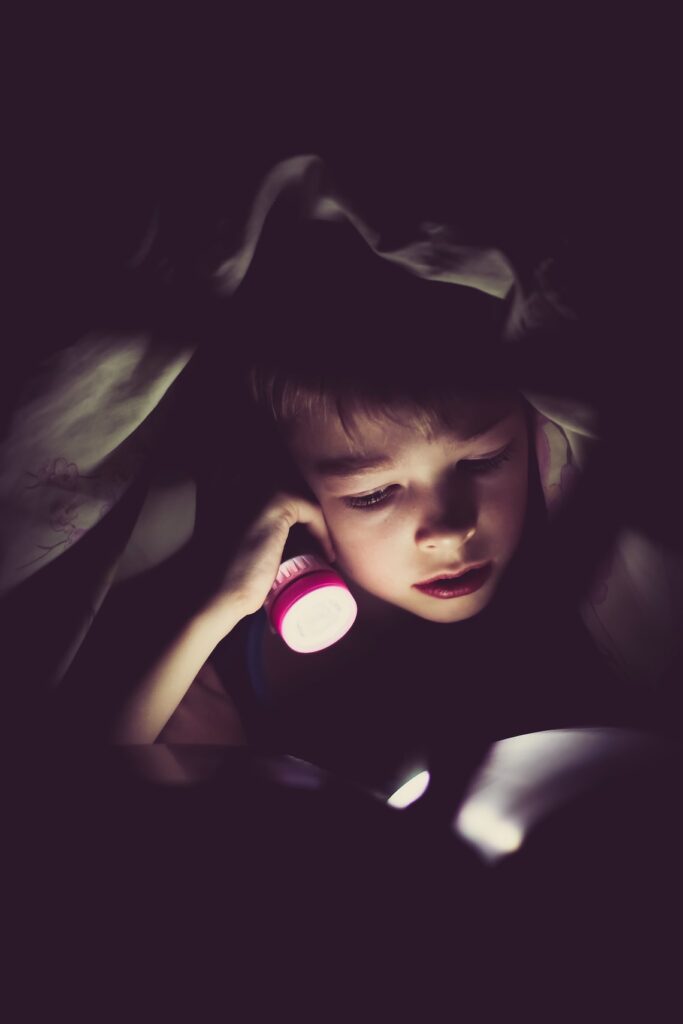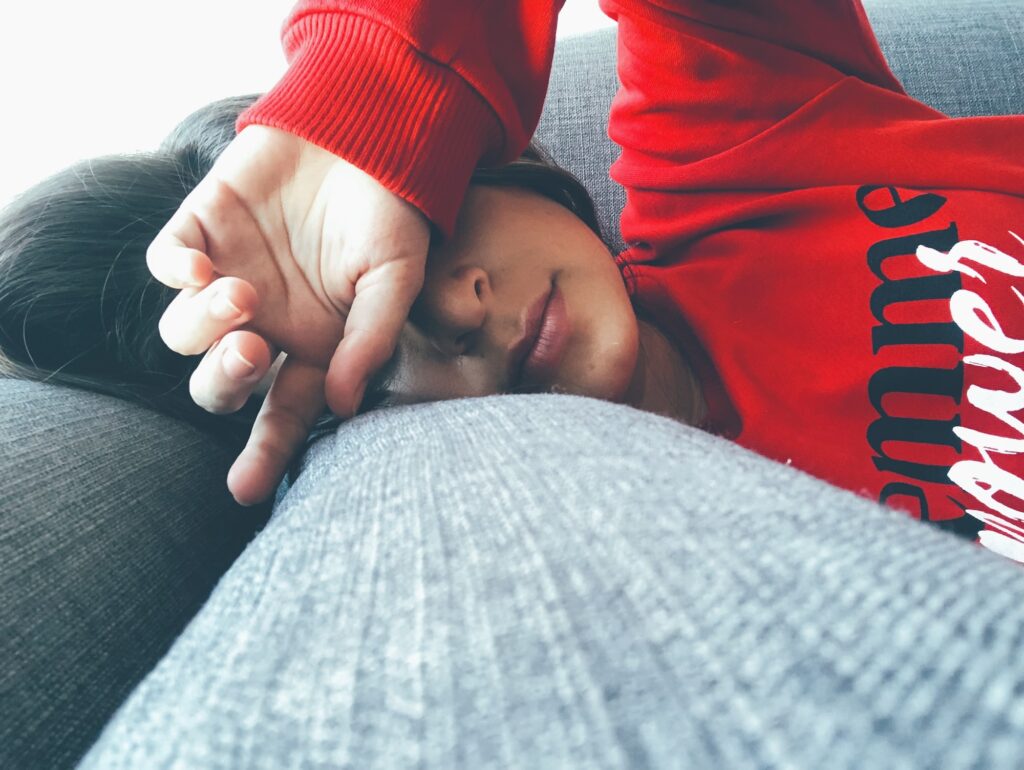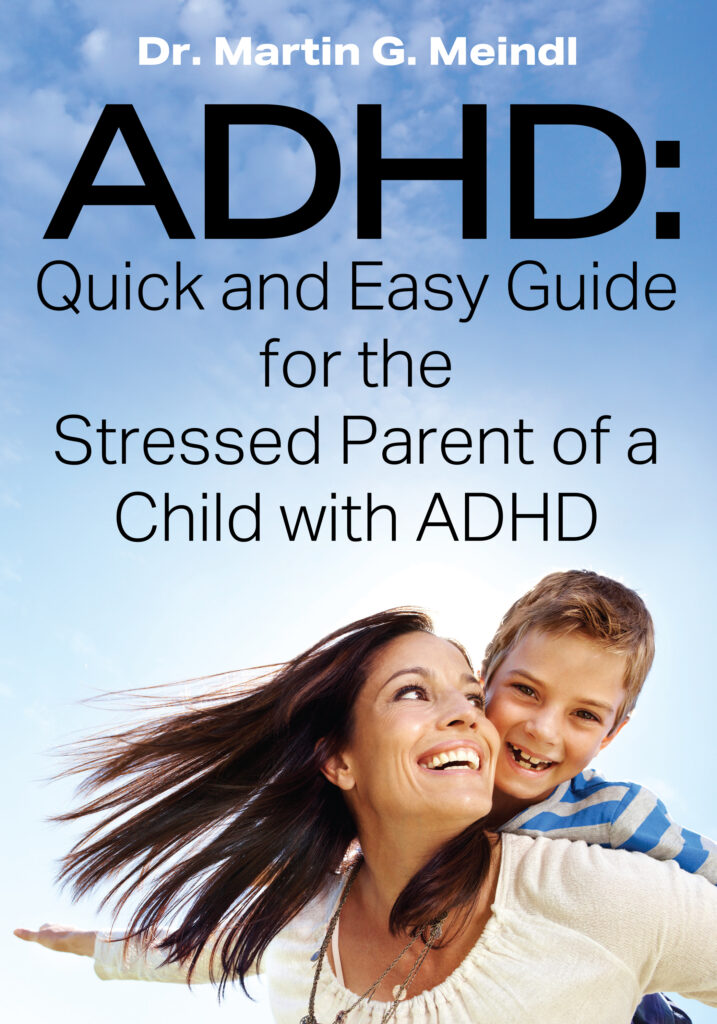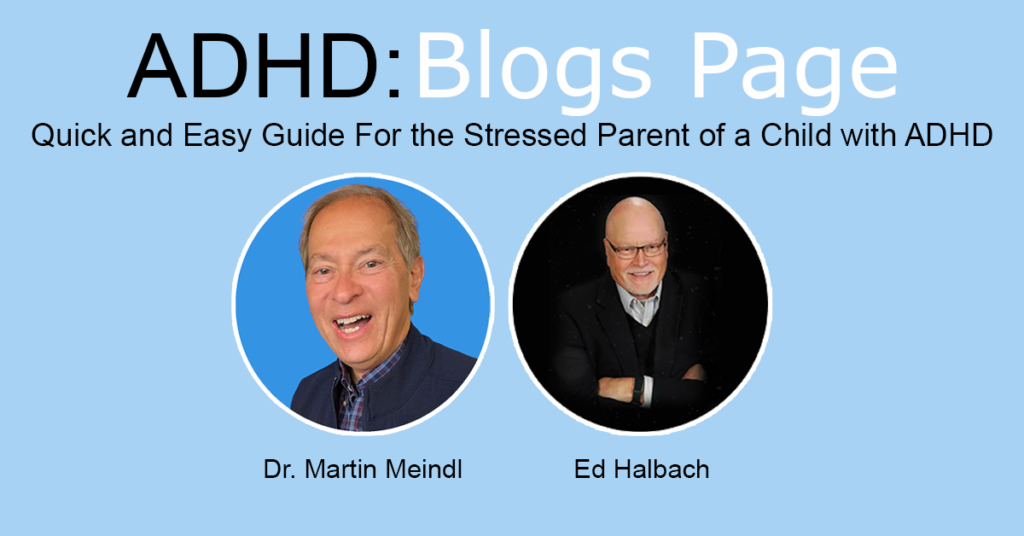How to Help Your ADHD Child Sleep a blog post by Dr. Martin Meindl, Author of, ADHD Quick and Easy Guide.
Introduction
As many as 75% of children with ADHD have difficulty getting to sleep, awaken multiple times during the night, have difficulty awakening in the morning, are fatigued during the day, and then seem to have a burst of energy in the evening. Most children with ADHD sleep less than six hours a night. Awakening multiple times during the night makes it difficult for the child to get quality sleep. This is important for multiple biological processes such as storing new information and consolidating memories. While we sleep, the body repairs cells and restores energy. In addition, during sleep, the brain produces regulatory hormones vital to our emotional state.
I would like to say that helping your child get quality sleep is quick and easy. But unfortunately, it is not. It will take some hard work on your part to get even an extra hour of sleep for your child. The good thing is that even an extra hour of sleep can help to improve inattention, hyperactivity, oppositional behaviors, disruptive behaviors, anxiety, and depression.
Circadian rhythm
Before instituting sleep remedies, it is important to develop your child’s cooperation. Rather than presenting lack of sleep as a problem, help your child understand what she has to gain by going along with the changes you are about to start. Talk about what she likes about bedtime and how she feels when she is well-rested.
Being awake during the day and sleeping at night is regulated by the body’s “internal clock” known as circadian rhythm. This physiologic process is in part genetically determined, which makes it hard for you to change when your child sleeps. But there are some things that are recommended to shift the setting of your child’s internal clock. The most important step in managing sleep problems is to develop consistent routines to reset this internal clock:
Consistent wake up schedule
The first routine is absolutely essential. Establish a time for awakening that is the same 7 days a week. Regardless of how much sleep your child needs, if she gets up at the same time every day, she will eventually get sleepy after being awake for a period of time. Then we can work from there to set a bedtime. Also, part of your child’s daily routine should be to get exposure to bright light, preferably by going outside in the morning and several times during the day. Unfortunately, taking advantage of bright light throughout the day can be challenging if you live in Iowa in the winter, as I do. Therefore, consider obtaining a bright light lamp. There are many types of these lamps, but one I find most appealing is called a dawn simulator. These lamps gradually make a dark room brighter over a set amount of time. This is meant to mimic the sunrise to help your child wake up in the morning. Some models also slowly dim to copy a sunset.
Consistent bedtime schedule
Next, establish regular bedtime routines that again are carried out 7 days a week. Several hours prior to bedtime, engage with your child in calm and relaxing activities, such as reading, listening to calming music, meditation, mindfulness, guided meditation, progressive muscle relaxation, and recounting those things for which you are thankful can ease one into sleep.. (Examples of calming music and instruction in meditation techniques are described in my book ADHD: Quick and Easy Guide…). Take a warm bath or shower within an hour before bedtime. These routines can help manage stress and to send signals to the brain that it is time to slow down and fall asleep. On the other hand, some people find it helpful to keep a journal or pad to write down any worries, anger, or irritations to get them out of their head and set them aside rather than thinking about them throughout the night.
Eliminate blue light
For screen time (TV, computer, tablets, phones) in the evening consider blue-light-blocking glasses that are inexpensive and readily available on the internet. Avoid watching programs with upsetting or violent content. For those items which are unavoidable, discuss with the child concerns that arise. Use the bed only for sleeping. Remove toys, games, TV, computer, and mobile devices from the bedroom. Establish an overnight charging station for cell phones and tablets away from the bedroom.
In addition to bright light exposure during the day, physical exercise is a must. Activities such as jogging, bike riding, and even just walking are beneficial to increasing the quality and duration of sleep. Meditative exercises, such as yoga and tai chi may be helpful in the evening. However, other vigorous activities should not be performed too close to bedtime as that can rev up the body and make it more difficult to fall asleep.
About the Book
ADHD: A Quick and Easy Guide for the Stressed Parent of a Child with ADHD will be helpful to those who wish to function as better role models for their children and to those who need the comfort of knowing that there are solutions to the multitude of problems facing them. This book eases your access to information about ADHD with extensive use of infographics. Use the special section on meditation and yoga to ease and nourish the mind and body of both you and your child.

Cool, dark, quiet bedroom
A cool, dark, quiet bedroom is best for sleep. Even a small amount of light from clocks, night lights, or windows can interfere with the production of the sleep hormone, melatonin, in the brain. Soothing scents such as lavender or chamomile are found to be helpful for inducing sleep.
Good food schedule
Children with ADHD tend to have a poor appetite for breakfast and lunch but may be very hungry in the evening. Unfortunately, a heavy meal or spicy foods within 4 hours of bedtime can interfere with falling asleep. Eliminate caffeine, frequently found in tea, soda, cocoa, and coffee, from the diet, as this too can make it more difficult for your child to settle down to sleep.







